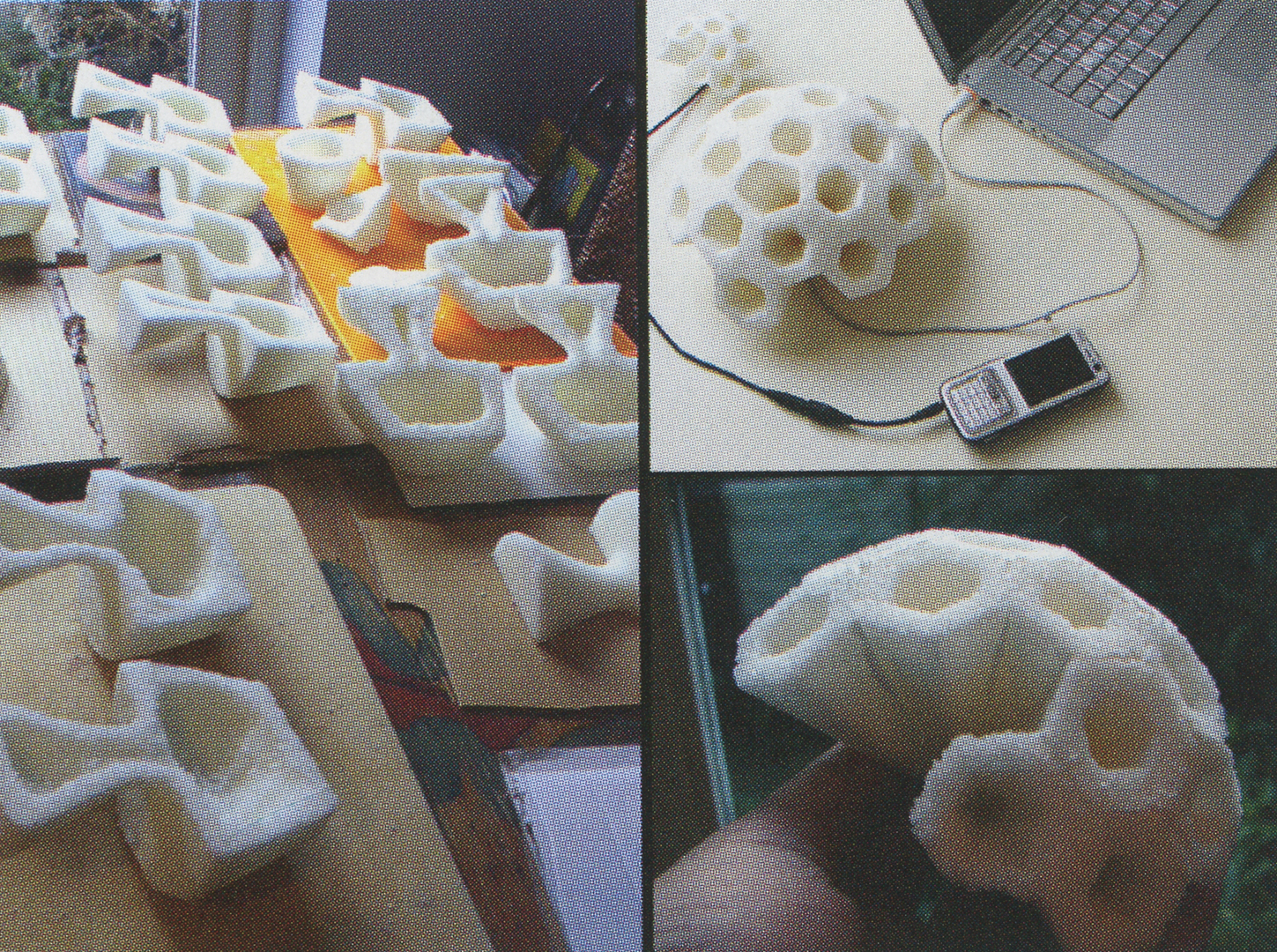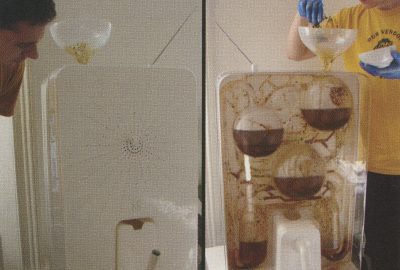“The Life and Death of Energy-Autonomous Objects” by Jain and Taylor
Conference:
Type(s):
Title:
- The Life and Death of Energy-Autonomous Objects
Presenter(s)/Author(s):
Abstract:
Technology is often touted as the solution to a host of problems, not least our over-reliance on fossil fuels and the spectre of global warming. But what will it be like to live with the emergent technologies that are being devised to combat these threats? It seems the proposed solutions, and especially the more experimental and speculative, have the potential to alter our relationships with technology (sometimes radically). Take, for example, some of the efforts to rethink the production and consumption of power. These proposals not only move us away from consuming oil, coal, gas, and the like. They also allude to machines that will operate at a very different pace and rhythm because of their energy-production cycles. This installation encourages audiences to consider one such alternative to power production, namely microbial fuel cells (MFCs) and, in doing so, encourage reflection on a broader class of so-called ?energy autonomous? technologies.
MFCs rely on the breakdown of organic material by a microbial substrate and production of an electrical charge via this process. The organic material might be a simple compound (for example, sugar or something more complex such as fruit, vegetables, or even insects). The substrate can consist of sludge similar to that found in the common pond.
Our installation presents a range of artifacts and media designed to encourage questions and debate around the developments in energy autonomous systems and their use. One collection of artifacts consists of three electricity-producing objects designed to be fueled using sugar (Fig. 1). These sugar-based objects provoke questions about our relationship with power sources that contain living microbes, but that have a fixed life span.
Another of our designs considers the production of electricity by incorporating the cells into a radio appliance (Fig. 2). Unlike the sugar-based cells, the radio is designed to run on cells that will last indefinitely, so long as they are supplied with organic material. This promised longevity of power supply is one of the distinctive features of MFCs. Our radio is designed to use a microbial substrate that will break down most organic material, including complex materials. Through this process, the microbial substrate is conditioned over time to operate most efficiently with particular sources of energy. This conditioning is related, in part, to the history of the materials the cells are supplied with. Thus the radio?s life cycle and performance interleaves with its usage patterns and the timeframe of use, both expanding well beyond the immediate interactions one has with the radio.
Additional Images:
- 2008 Jain & Taylor Life and Death of Energy fig 2






